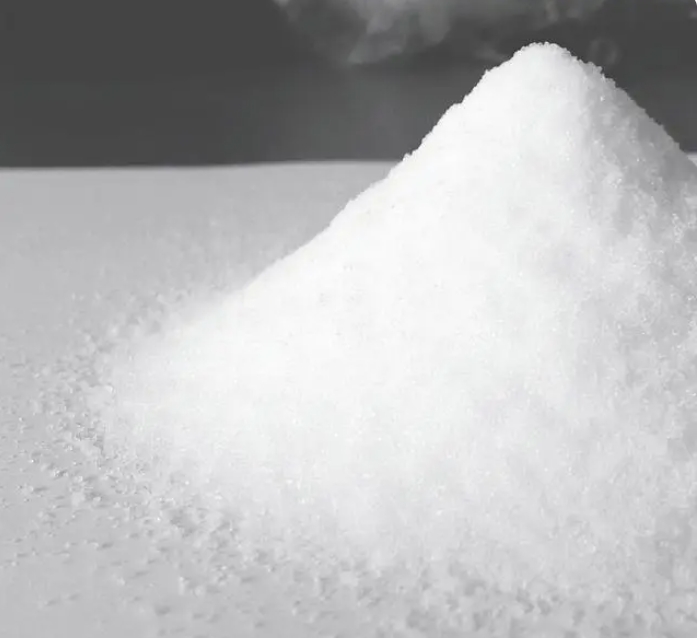Hainan Yanghang Industrial Co., Ltd.
34 years of focusing on R&D, production and sales of water treatment chemical products
 info@hnyhxd.com
info@hnyhxd.com
Dissolving Method Of Polyacrylamide
Introduction of polyacrylamide:
Polyacrylamide (PAM) is a water-soluble polymer, insoluble in most organic solvents, has good flocculation, can reduce friction resistance between liquids, according to the ionic properties can be divided into non-ionic, anionic, cationic and amphoteric type four types.
Polyacrylamide flocculant is widely used in thickening, stabilising colloid, drag reduction, bonding, film formation, biomedical materials and so on. It is used as coagulant aid, flocculant and sludge dewatering agent in water treatment. It is used as water-reducing agent and oil repellent in oil drilling. Used as retention aid and reinforcing agent in papermaking process.

Dissolving method of polyacrylamide:
First, direct dissolution method
1. Choose suitable container. When dissolving polyacrylamide, it needs to be fully stirred, so choose the container with large volume and capable of stirring as much as possible. Thus, the powder will be dispersed in water as evenly as possible.
2. Prepare the required materials. In addition to polyacrylamide and water, some common reagents, such as sodium bicarbonate, hydrochloric acid and so on. These reagents are used to adjust the pH value, dissolution rate, etc.
3. Add polyacrylamide into the container. Due to the high molecular weight of polyacrylamide, the powder is not easy to dissolve in water, so it needs to be dispersed and stirred to avoid lumping and agglomeration.
4. Add auxiliary reagent. Commonly used auxiliary reagents include sodium bicarbonate, acetic acid, hydrochloric acid and so on. The purpose of adding these reagents is to adjust the PH value, accelerate the dissolution speed.
5. Perform thorough mixing. It can improve the dissolution speed of polyacrylamide, and at the same time avoid lumps, coagulation and other phenomena.
6. Wait for the solution to stabilise. Because the stability of polyacrylamide in water is poor, easy to degrade, decomposition, will affect the use of the effect, need to wait for the solution to stabilise.
7. Use the solution in time. Because the stability of polyacrylamide in water is poor, easy to degrade, decomposition, please use in time.
Slow dissolution method
1. Add the polyacrylamide powder into a suitable container.
2. Add the required solvent, usually you can choose water or organic solvent.
3. Stir the solvent with a stirrer or stirring bar to make the polyacrylamide evenly dispersed.
4. Turn the stirrer speed down or use gentle stirring.
5. Continue stirring and stop stirring periodically to allow the solution to stand for a period of time.
6. Repeat the above steps until the PAM is completely dissolved.
Third, high-temperature dissolution method
1. Add the polyacrylamide powder to a suitable container.
2. Add the desired solvent, usually you can choose water or organic solvents.
3. Put the container into a high temperature water bath or heating plate.
4. Heat the solvent to a high temperature.
5. Simultaneously stir the solvent using a stirrer or stirring bar to help the PAM dissolve thermally.
6. Maintain the time and temperature until the PAM is completely dissolved.
Polyacrylamide can be effectively dissolved in a suitable solvent by direct dissolution method, slow dissolution method and high temperature dissolution method. According to the molecular weight and nature of PAM, choosing the appropriate dissolution method can improve the dissolution efficiency and dissolution quality.

